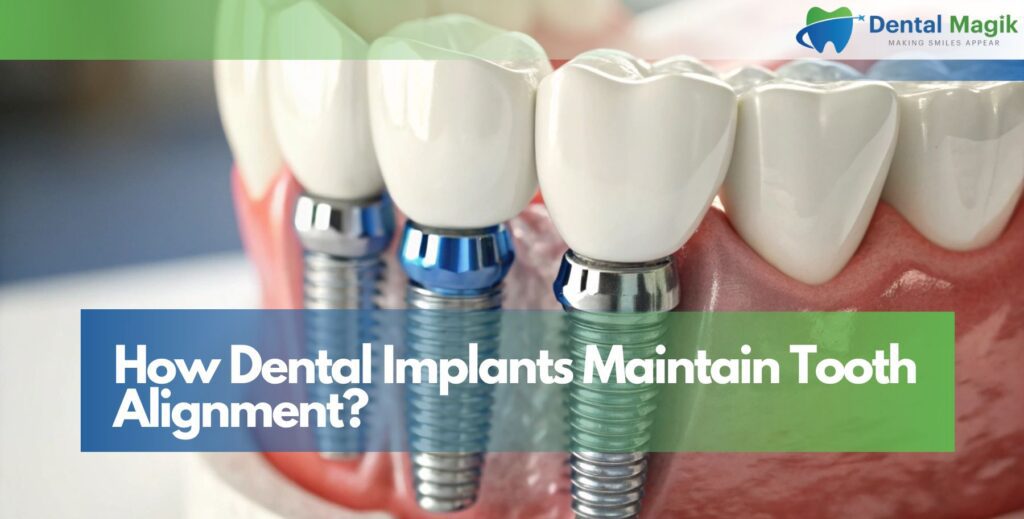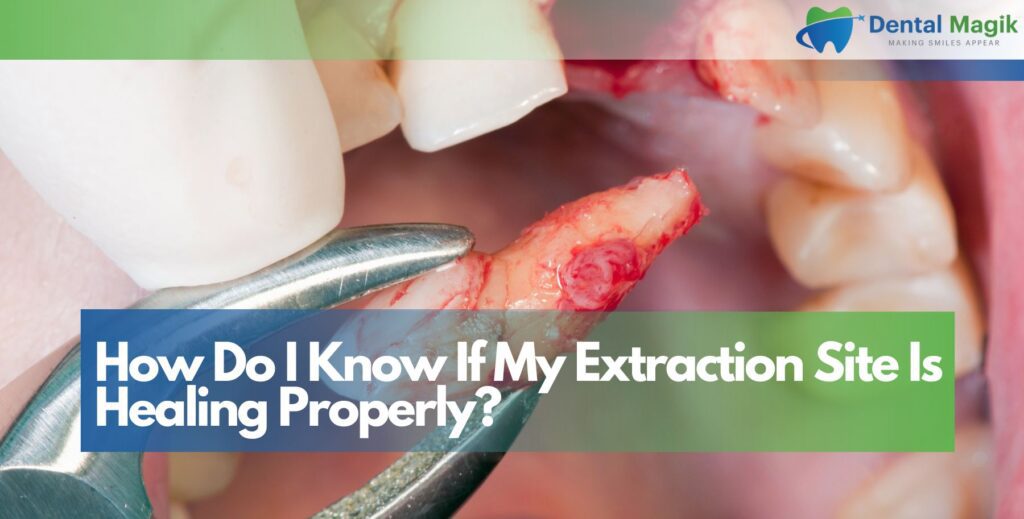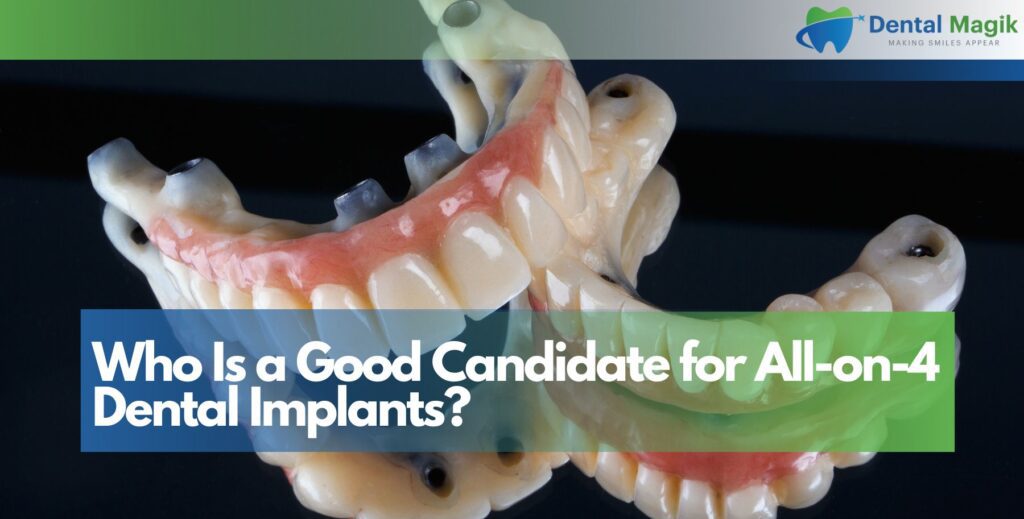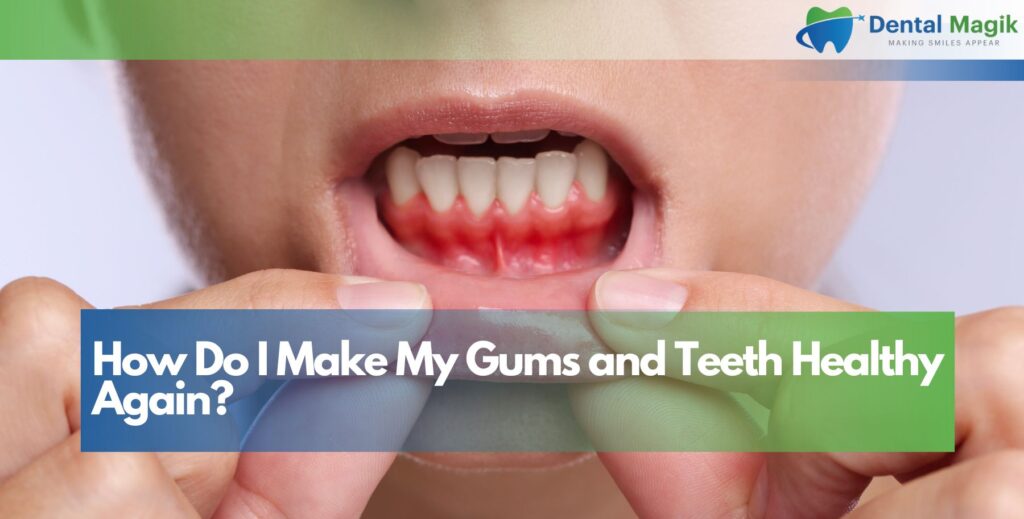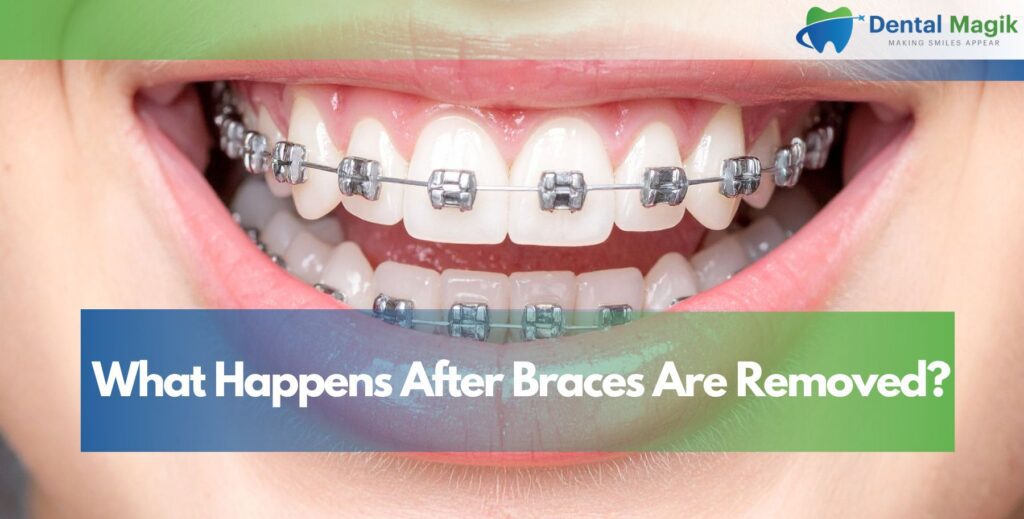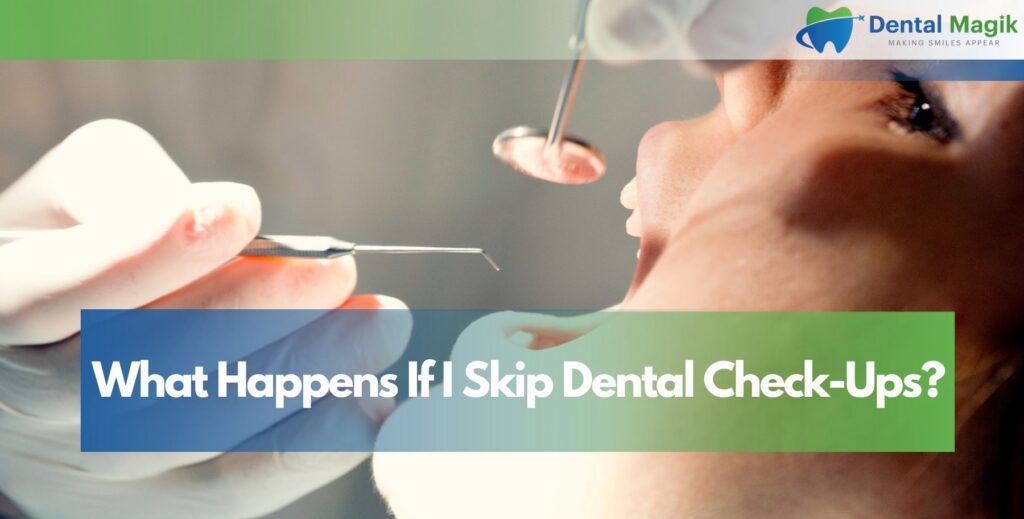When a tooth goes missing, it doesn’t just leave a gap in your smile — it can also affect the balance and alignment of your entire mouth. The surrounding teeth start to drift toward the empty space, your bite changes, and your jawbone weakens over time. Dental implants not only replace missing teeth but also help maintain proper tooth alignment, protecting both function and aesthetics.
This detailed guide explains how dental implants stabilize your smile, preserve jaw structure, and prevent long-term alignment issues — making them one of the most advanced restorative solutions available today.
Table of Contents
Understanding Tooth Alignment and Why It Matters
Tooth alignment plays a crucial role in maintaining oral health and proper jaw function. When your teeth are aligned correctly, chewing, speaking, and cleaning your mouth become effortless. Misaligned teeth, however, can cause uneven wear, bite problems, and even headaches due to muscle strain.
The Role of Natural Tooth Roots
Each tooth root anchors firmly in the jawbone, keeping adjacent teeth in their correct position. When a tooth is lost, that anchor is gone — and nearby teeth begin to move or tilt into the empty space, causing misalignment over time.
Consequences of Misalignment
Misalignment can lead to several complications:
- Difficulty in chewing and speaking
- Increased wear and tear on remaining teeth
- Jaw pain and temporomandibular joint (TMJ) discomfort
- A higher risk of tooth decay and gum disease due to plaque buildup
Dental implants are designed to replicate the natural root structure of teeth, maintaining both stability and spacing.
How Missing Teeth Affect Alignment and Oral Function
When a tooth is missing, it disrupts the harmony of your dental arch. Teeth depend on each other for balance and support. Losing even one tooth can trigger a chain reaction that changes the entire bite.
Tooth Movement into Empty Spaces
After tooth loss, neighboring teeth naturally start shifting into the gap. This movement causes crowding or spacing issues that alter how upper and lower teeth meet when you bite.
Jawbone Deterioration
The absence of tooth roots leads to bone loss in the jaw. As the bone shrinks, it reduces support for nearby teeth, accelerating misalignment and giving the face a sunken appearance.
Changes in Bite (Occlusion)
When teeth shift, the bite may become uneven. An unbalanced bite can cause premature wear, gum recession, and stress on the jaw joints.
Replacing the missing tooth with a dental implant restores balance, prevents unwanted movement, and maintains alignment across the entire dental arch.
Dental Implants: The Foundation for Proper Tooth Alignment
A dental implant is a small titanium post that is surgically inserted into the jawbone. It acts as an artificial tooth root, providing a permanent foundation for a crown, bridge, or denture.
Structure of a Dental Implant
- Implant Post (Root Substitute): Anchors into the jawbone and provides stability.
- Abutment: Connects the post to the replacement tooth.
- Crown: The visible part that mimics a natural tooth.
Together, these components replicate the function and strength of a natural tooth, maintaining not just your smile but also the alignment and spacing of your teeth.
How Implants Preserve Alignment
Implants prevent surrounding teeth from tilting or drifting by filling the empty space left by a lost tooth. The stable structure distributes bite forces evenly, keeping your dental arch balanced and symmetrical.
How Dental Implants Prevent Teeth from Shifting
When a tooth is missing, nearby teeth naturally drift into the gap. Dental implants stop this movement by acting as a stable anchor in the jawbone. They fill the space of the missing tooth, keep surrounding teeth aligned, and maintain the natural balance of your bite.
Replacing the Missing Tooth Root
Unlike dentures or bridges, dental implants replace the tooth root, not just the crown. This anchoring effect keeps adjacent teeth from moving out of position.
Stabilizing the Dental Arch
Once an implant is placed, it reinforces the entire dental arch by maintaining consistent spacing. The restored tooth prevents migration and helps align the upper and lower teeth for a balanced bite.
Preventing Jawbone Shrinkage
Bone loss following tooth extraction weakens structural support, leading to tooth drifting. Implants stimulate bone tissue, preventing resorption and keeping the jawbone strong and stable.
Maintaining Bite and Chewing Function
By restoring full bite strength, implants prevent uneven pressure distribution. This ensures teeth remain in their natural positions and wear evenly over time.
Supporting Adjacent Teeth
Each implant supports the surrounding teeth much like natural roots do. This structural reinforcement keeps your entire dental framework intact.
Dental Implants vs. Other Tooth Replacement Options
There are several methods to replace missing teeth, but not all protect tooth alignment equally.
Dental Bridges
Bridges replace missing teeth by attaching to neighboring teeth. While they restore function, they require grinding down healthy teeth and don’t prevent jawbone loss.
Removable Dentures
Dentures restore appearance and chewing ability, but they lack the root structure to prevent bone loss. Over time, as the jawbone shrinks, dentures can become loose, causing alignment shifts.
Why Dental Implants Are Superior
Dental implants provide long-term alignment stability because they integrate with the bone. They maintain the natural spacing between teeth and prevent shifting without altering neighboring healthy teeth.
How Dental Implants Integrate with the Jawbone
Once placed, dental implants fuse with the jawbone through a process called osseointegration. This creates a strong foundation that mimics natural tooth roots. The integration not only strengthens the bone but also preserves alignment by preventing neighboring teeth from tilting or shifting over time.
Osseointegration: The Science Behind Stability
After placement, the titanium implant fuses with the jawbone through a biological process called osseointegration. This creates a strong, stable foundation similar to a natural tooth root.
Benefits of Osseointegration
- Prevents bone loss
- Distributes bite forces evenly
- Keeps teeth properly spaced and aligned
Long-Term Structural Support
As the implant becomes part of your jawbone, it reinforces the surrounding bone, ensuring neighboring teeth remain stable for decades.
The Role of Dental Implants in Maintaining Facial Structure
When teeth are missing, the jawbone resorbs, causing a sunken or aged facial appearance. Implants maintain facial symmetry by preserving the bone volume.
Preventing Bone Collapse
Because implants stimulate the jawbone like natural roots, they prevent bone deterioration that can lead to sagging cheeks and wrinkles.
Enhancing Smile and Jawline
By maintaining proper alignment and bone structure, dental implants preserve the natural contours of your face and smile.
How Dental Implants Improve Overall Oral Health
Beyond aesthetics, implants have numerous health benefits.
Preventing Overcrowding and Gaps
By filling the missing space, implants prevent neighboring teeth from drifting closer or further apart, ensuring your bite remains balanced.
Reducing Wear and Tear
A misaligned bite can cause uneven pressure and faster wear on teeth. Implants restore equal force distribution, protecting your remaining teeth.
Supporting Gum Health
When teeth shift, gaps trap plaque and bacteria. Proper alignment through implants makes it easier to clean between teeth, preventing gum disease.
Step-by-Step Process of Getting Dental Implants
The implant process begins with a consultation and bone evaluation. The implant post is then surgically placed into the jawbone. After a healing period, the abutment and crown are attached. This process restores full function, stability, and alignment, ensuring your smile stays natural and well-balanced.
Initial Consultation
Your dentist evaluates oral health, bone density, and medical history to determine suitability for implants.
Implant Placement
A titanium post is surgically inserted into the jawbone under local anesthesia.
Healing and Osseointegration
Over a few months, the bone fuses with the implant, creating a strong anchor for the crown.
Abutment and Crown Placement
Once healed, a custom-made crown is attached, restoring both aesthetics and alignment.
Final Bite Adjustment
The dentist ensures your bite is properly balanced to maintain even alignment and chewing comfort.
Benefits of Dental Implants for Tooth Alignment
Dental implants preserve your natural tooth spacing and prevent misalignment caused by gaps. They restore balance to your bite, protect neighboring teeth, and maintain jaw strength. Unlike dentures or bridges, implants integrate with bone tissue, ensuring permanent alignment and long-term oral health stability.
Permanent and Secure Fit
Unlike removable options, implants are anchored in the bone and won’t shift or slip.
Preserve Natural Tooth Spacing
By filling the empty gap, implants keep surrounding teeth in their proper position.
Prevent Bone Loss
They stimulate bone growth, maintaining structural integrity and alignment.
Improve Bite and Chewing Function
A balanced bite prevents undue stress on specific teeth, keeping them aligned and healthy.
Long-Term Aesthetic and Functional Stability
With proper care, implants last decades, maintaining your smile’s appearance and harmony.
Long-Term Maintenance and Care for Dental Implants
Caring for dental implants involves daily brushing, flossing, and regular dental checkups. Proper oral hygiene prevents gum inflammation and ensures the implant remains secure. Avoiding hard foods and smoking further extends their lifespan, keeping your alignment and jawbone healthy for years.
Oral Hygiene Routine
Brush twice daily and floss around the implant carefully using implant-safe floss or interdental brushes.
Professional Cleanings
Regular dental checkups and cleanings are vital for preventing peri-implantitis (gum inflammation around the implant).
Healthy Habits
Avoid smoking, hard foods, and excessive force on the implant to preserve alignment and implant stability.
Monitoring Bite Changes
Visit your dentist periodically to ensure your bite remains balanced as your jawbone and teeth naturally adjust over time.
Potential Risks of Ignoring Tooth Replacement
Delaying tooth replacement after extraction can cause several long-term complications:
- Adjacent teeth drift into empty spaces, creating crowding or gaps.
- Opposing teeth may over-erupt into the missing space.
- Jawbone deteriorates, causing bite and alignment issues.
- Gum health declines due to trapped food particles.
Replacing missing teeth promptly with dental implants prevents these cascading effects, protecting both alignment and jaw stability.
The Connection Between Dental Implants and Orthodontics
Dental implants play a vital role in orthodontic care by stabilizing the bite after teeth alignment. They act as anchors during orthodontic treatments and prevent post-treatment shifting. Together, implants and orthodontics help achieve lasting results, preserving alignment and ensuring a well-balanced smile.
Orthodontic Stability
Implants are sometimes used as anchors during orthodontic treatments to hold teeth steady while others move.
Post-Orthodontic Support
After braces, implants help maintain newly aligned teeth by stabilizing the bite and preventing relapse.
Integrated Treatment Approach
Many dentists collaborate with orthodontists to plan combined treatments, ensuring both functional and aesthetic alignment.
Who Is a Good Candidate for Dental Implants?
- Individuals with missing teeth who want a permanent solution
- Patients with healthy gums and sufficient jawbone density
- Non-smokers or those willing to quit during the healing process
- People committed to good oral hygiene and regular dental visits
Lifestyle and Dietary Benefits of Dental Implants
Dental implants allow you to enjoy a full range of foods — from crunchy apples to steaks — without discomfort or fear of shifting teeth.
They restore natural speech, prevent facial changes, and improve confidence in social and professional settings. With proper care, implants blend seamlessly with your natural teeth and maintain alignment effortlessly.
Conclusion
Dental implants are far more than cosmetic solutions — they are structural reinforcements that preserve tooth alignment, prevent bone loss, and maintain jaw stability. By replacing missing teeth with implants, you safeguard your oral health, restore your smile’s balance, and enhance long-term comfort and confidence.
If you’re considering dental implants or want to restore your smile’s natural alignment, schedule a consultation with a trusted Dentist in East Brunswick, NJ, who can guide you through every step of the process and design a treatment plan suited to your needs.
FAQs
How do dental implants keep teeth from shifting?
Dental implants replace the missing tooth root, filling the gap and preventing adjacent teeth from drifting into the empty space.
Can implants correct misalignment?
While implants themselves don’t move teeth, they stabilize the dental arch and prevent further misalignment after tooth loss.
Are implants better than bridges for alignment?
Yes. Unlike bridges, implants preserve bone structure and spacing without affecting nearby healthy teeth.
How long do dental implants last?
With proper oral care and regular dental visits, implants can last 20 years or longer.
Do implants feel like natural teeth?
Absolutely. Implants look, feel, and function just like natural teeth, maintaining comfort and proper alignment.
Can bone loss affect alignment even after getting an implant?
If implants are properly placed and maintained, they prevent further bone loss by stimulating the jawbone.
When is the best time to get an implant after extraction?
Ideally, implants should be placed within a few months after tooth extraction to prevent bone shrinkage and misalignment.

